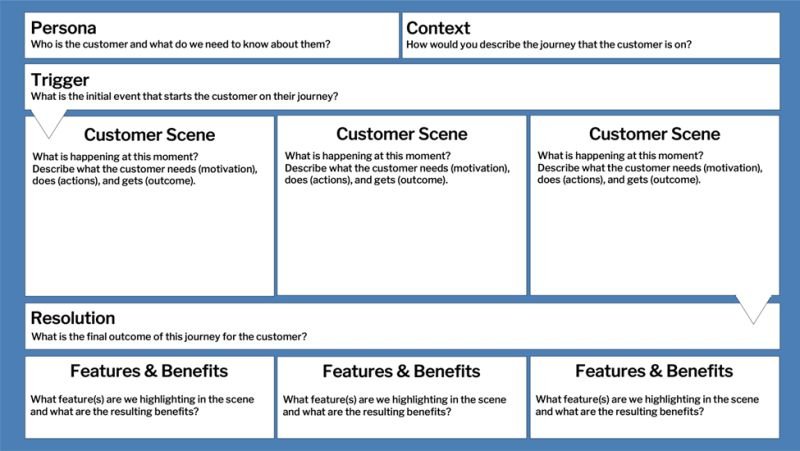AR, VR & Holograms
Augmented reality has always seemed like a technology looking for a reason to exist. Now, it seems that a dash of pragmatism has been added to this technofantasy stew and we are finally seeing some practical use cases. Last month,Google teased its AR glasses with Live Translate, and the company announced that it is now testing“helpful AR experiences”in the real world. Navigation is apparently one of the aspects that will be tested – here is acool (non-Google) demo from a retail example. Here’s another one built by Shopify for designing a room (fun thread on how it was built, here). And while not technically an AR activation, my personal technofantasy recently came to life featuring ahologram concert featuring ABBA.
TikTokification of Media
Less text, more video. Less desktop, more mobile. Less searching, more scrolling. Less follows, more recommendations. All of these general media trends have led us to where we are now – the TikTokification of media. Meta fast-follows (corporate-speak for “copies”) these popular trends and features, andfaced a backlashlast week for prioritizing recommended video content in a recent Instagram update. While Meta rolled back the update, the concept of the TikTok For You Page is here to stay. It’s actually been here for awhile, it has just been supercharged by AI and video.Video is apparently richer media than textto train algorithms, and these algorithms are so effective that people are asking“I don’t know if I like what I like or what an algorithm wants me to like.” Algorithm Anxiety is real people! Here’s a useful visualization of thedata-driven evolution of media and asmart framing of different ‘eras’.
So, what can marketer’s do? Don’t fight the current. Hire peoplethat know the platforms best, becomefluent in the creative languageof TikTok, and create native content with themindset of a publisher.
The Future of Advertising
“Remember, demand and supply always apply.”This was the mantra repeated by my economics professor years ago. It comes to mind whenever I read any “The Future Of…” reports - like this piece from Rory Sutherland. While technology, media, and the marketplace are constantly changing - there are fundamentals that always apply.
So, what is fundamental in advertising? The importance of a strong brief.Will Novosedlikhas agreat article in Strategythat highlights that 25% of marketing spending is wasted on poorly written and understood briefs. To help address this, the IPA has a useful resource to download“The Best Way for a Client to Brief an Agency”. If you’re interested in this area, check out myHow To Write a Marketing Briefonline course (free for the next week using the promo code FUNDAMENTALS).
So, what is changing in advertising? Experimentation with different technologies and media. Meta is the latest organizationoffering AI-powered image generation. Rethink recently released a video (ad?)using DALL·E 2 for Ketchup. Unilever released an update on itsinitial forays into the metaverse– what I find most interesting in here is their mention of an internal group“Web3 Collective, a cross-functional group of subject-matter experts representing areas such as marketing, finance, legal, media, procurement, licensing and more.”On the surface, it seems like a smart approach that acknowledges the multi-faceted opportunities and risks associated with Web3. It reminds me of how companies first tried to figure out how to organize around social media.
Fresh Reports
Gaming Trends Report: Research from Samsung on gaming audiences – interesting to understand how brands can work with manufacturers to advertise to this audience via smart TVs.
Nest Commerce Update: New research for ecommerce brands. Check out how privacy initiatives are negatively impacting the efficiency for digital ad targeting (page 6).
Metaverse Reports: If you want to go down the Metaverse rabbit hole, Tim Walther has a fantastic list of all of the latest metaverse reports from the major consultancies / agencies.
Stories, Scripts & Customer Scenarios
Over the years I’ve taken several writing courses. One that I particularly enjoyed was a screenwriting class, where I learned the basics of developing characters, creating dramatic scenes, and structuring story arcs. While my Hollywood career has yet to take off, the lessons I learned in that class have served me surprisingly well in my digital marketing / strategy career – particularly when creating customer scenarios.
Scenarios are often used to describe how a new product, service, or feature will work through a fictional story about the person experiencing it. The scenario typically takes place in the future, and brings to life the benefits of a new concept in a compelling and concrete way. They are often in pitches to sell-in new ideas.
I have had a hand in creating many customer scenario 'scripts' – some good, some bad, and some ugly. When good, scenarios humanize the benefits from complicated technology solutions. When bad, the audience is confused, distracted, or bored (ugly is a combination of all 3). While scenarios can be produced through any combination of sketches, storyboards, mock-ups, and video, the best are all:
Believable: Feature people acting in a natural way within a relatable and real-world context
Focused: Include the most important features and benefits in the most concise way
Feasible: Incorporate features that have been vetted for business value and technical complexity
Magical: Dramatize a future state vision that is surprising and appealing for the audience
Below is a framework that I have used to help map out customer scenarios. It helps me to align product vision, supporting features, customer insight, and business value into a single narrative. I hope you find it useful in your own work. After all, there is no phrase more powerful than ‘let me tell you a story’ :-)
For more marketing planning templates, as well as tips for choosing and using, check out theKickframe Toolbox.




